
Encouraging all children to have a voice
Every class has children who love the limelight and those who prefer to remain silent, but it’s important that everyone is given a safe space in which to voice their opinions should they wish to. Here are some strategies for creating a classroom environment that allows all children to have a voice:
Flip sticks
Do you find it’s always the same children putting their hands up to answer questions? If so, try using flip sticks to keep track of who has responded to a question and to encourage the whole class to take part in discussions.
Just write each child’s name on a lolly stick and put them all in a pot. Pick out a stick at random when you ask a question. This not only makes sure that it isn’t always the same children answering questions but also encourages them to concentrate on the content of the lesson if they could be asked to answer a question at any given moment!
You may wish to offer children a ‘get out of jail free’ option with this so that they have the option to ‘pass’ on a question. This reduces feelings of stress but allows those children who may be too shy to put their hand up to have the opportunity to answer if they’d like to.
If you don’t have lolly sticks and you want to be a bit more 21st century about the whole thing, you could try an online name picker! You can enter any names you like into the system and it will choose one at random.

Talk for Me Buddies
This technique is great for children who want to share their ideas with the class but who don’t yet have the confidence to voice their own thoughts in a large group. A child discusses a question or problem with a partner, who feeds back what the first child said to the rest of the class, and vice versa.
As time goes on, these children will learn that their ideas and opinions are valid and accepted, giving them increased confidence to answer questions independently in the future.

Think-Pair-Share
Similarly, the think-pair-share strategy can be really effective in encouraging all children to participate. When posing a question, first offer children time to think. Then, ask children to discuss their thoughts with a partner before sharing their ideas with the class. Adding thinking and rehearsal time boosts children’s confidence and generates better quality answers.
Writing answers down
Not all questions need to be answered verbally. A great everyday strategy to ensure all children are engaged with the content of a lesson and can share their responses in a safe way is to give each child a whiteboard and ask them to write their answers down. Not only is this good for getting all children to participate in the lesson but it also allows the teacher to see at a glance who may be struggling with a concept to enable them to follow up later.
Active responses
Get children up and about to answer questions or give their opinions. Allocate a different area in the classroom to represent different answers to a question. For example, for simple yes/no binary questions, allocate the left-hand side of the classroom to represent ‘yes’ and the right-hand side to represent ‘no’. Children stand up and move to the correct side to represent their answer.
For questions with more answers, you could use each of the four corners of the classroom to represent a different response or opinion, or allocate an answer to different tables for children to go and stand by to represent their answer.
For answers with a scale (for example, how much or how little children agree with a given statement), ask them to create or imagine a physical line in the classroom and to position themselves on the line based on their ideas or the strength of their opinion.

Popcorn
This is a fun one! To answer any simple binary or multiple choice retrieval question, pose your question and offer thinking time. When time is up, shout ‘Popcorn!’ and children can pop up to answer in unison. This is a really good way to ask questions at the end of a topic to check children’s understanding as well as to help children to understand just how much they have learnt, and it gives everyone a fun and non-threatening way to engage in answering questions.
Featured collection
-
FREE Mini-Scheme: Wassily Kandinsky
Original price £0.00 - Original price £0.00Original price£0.00£0.00 - £0.00Current price £0.00Learn all about the life and work of Kandinsky, who spent his career developing a 'language' for expressing sounds, ideas and feelings through his ...
View full details -
FREE Mini-Scheme: Ocean Animals
Original price £0.00 - Original price £0.00Original price£0.00£0.00 - £0.00Current price £0.00This free Science Ocean Animals lesson plan pack contains three lessons to help your class identify and describe a variety of ocean animals from lo...
View full details -
FREE Mini-Scheme: Creating Paper Toys
Original price £0.00 - Original price £0.00Original price£0.00£0.00 - £0.00Current price £0.00This free mini-scheme will give your class the chance to make paper toys. They will practise the important skill of cutting whilst they make easy p...
View full details -
FREE Mini-Scheme: Exploring Paris
Original price £0.00 - Original price £0.00Original price£0.00£0.00 - £0.00Current price £0.00This free ‘Exploring Paris’ mini-scheme will take your class on a fun trip to one of the most famous cities in the world! Help your class to locate...
View full details -
Ancient Greece Topic
Original price £35.00 - Original price £35.00Original price£35.00 - £35.00£35.00 - £35.00Current price £35.00This fun and engaging KS2 Ancient Greece Topic for Year 5 and Year 6 will take your class back to one of the most fascinating civilisations in hist...
View full details


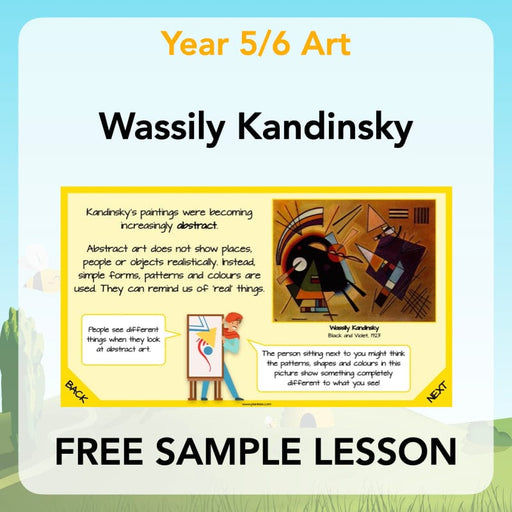
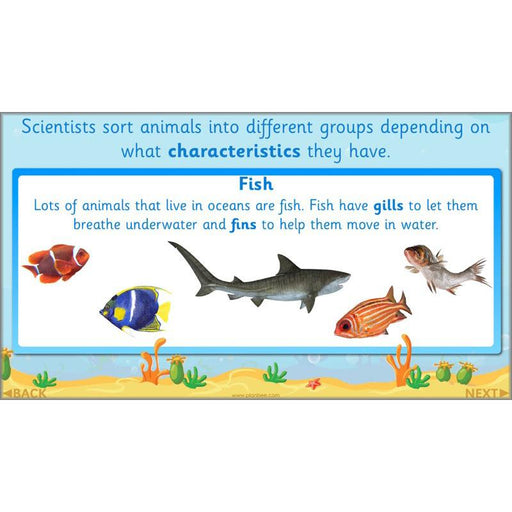

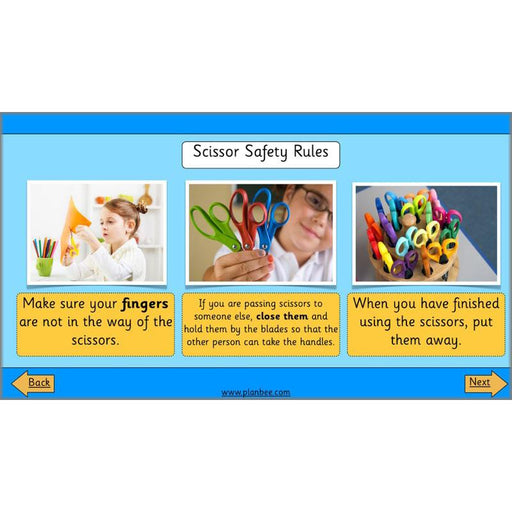
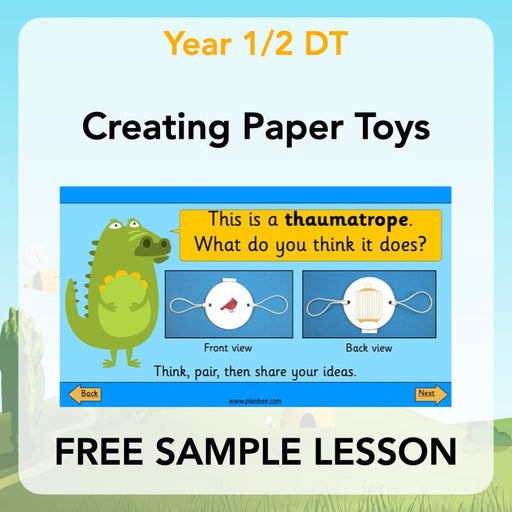

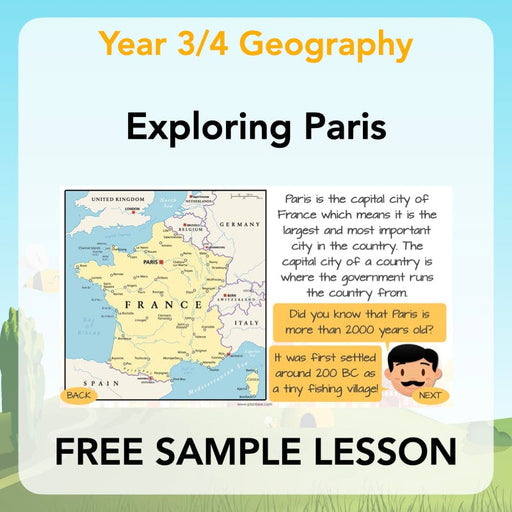
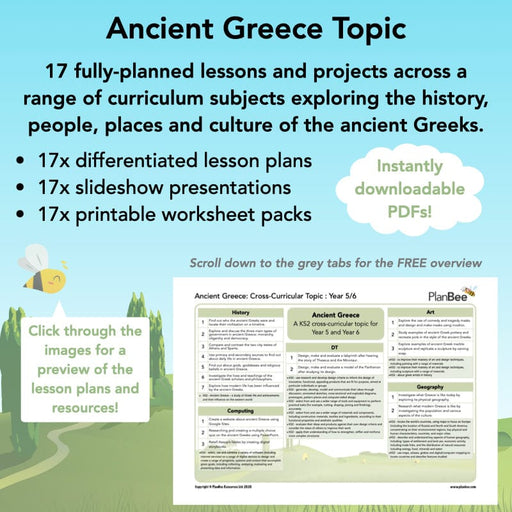
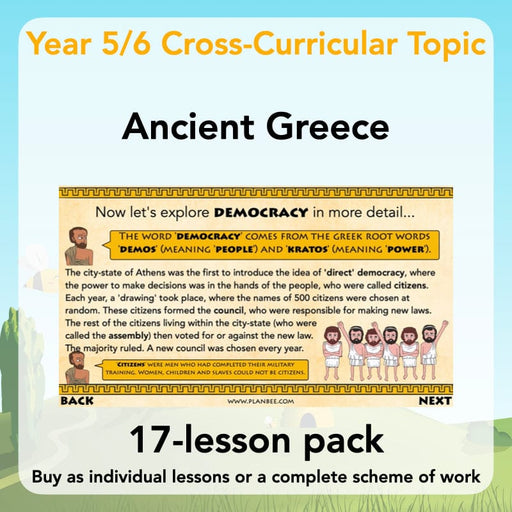
Leave a comment